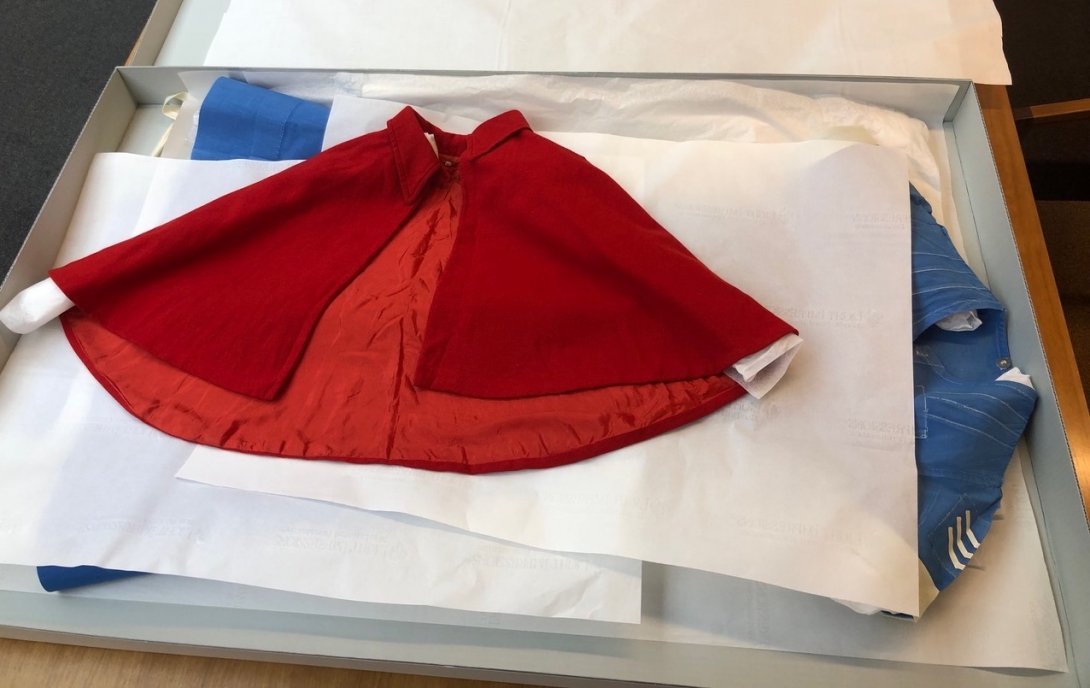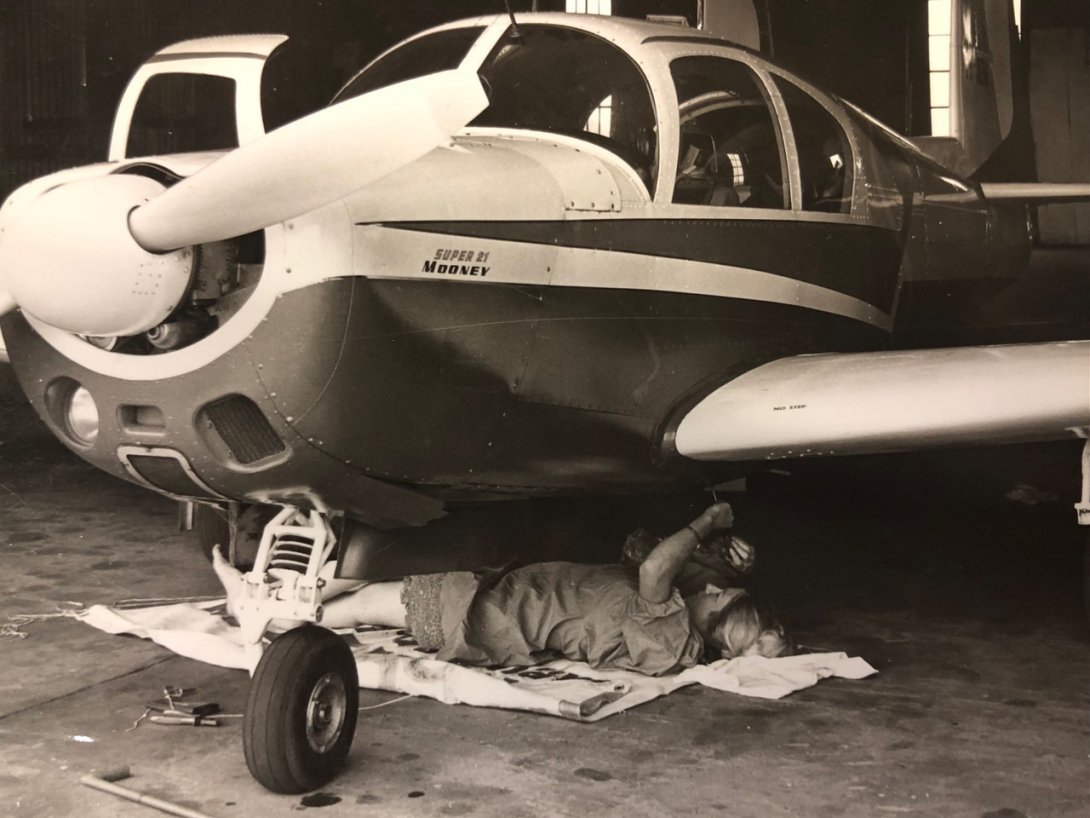Hear from Dr Jo Langdon about her research and experience as a 2024 Creative Arts Fellow.

I first became interested in aviatrixes via American aeronaut sisters Millie and Essie Viola, who toured Australasian colonies as balloonists during the 1890s – and who were likely various women using these names as pseudonyms. I was initially introduced to the Violas by the writer Maria Takolander – who I was blessed to have as my PhD supervisor and am now lucky to call a friend – through Maria’s own local research engaging with Geelong archives. I had been reading about the Violas via Trove, which led to thinking about their milieux and some of the other pioneers in flight.
My fellowship research focused on the collections of women pilots including Millicent Bryant, Freda Thompson, Nancy Ellis, Lores Bonney, Lady Helen Blackburn, Nancy Bird Walton and Robin Miller Dicks, with the ultimate aim of transforming textual matter from their collections into new works of poetry.
I’d intended to just focus on Australian aviatrixes – those with collections at the Library, for obvious, practical reasons – but each collection ended up being generative and allusive, connecting directly and indirectly with various other figures. These included the English aviatrix Amy Johnson, the first woman to fly solo from London to Australia, the record-breaking New Zealand aviatrix Jean Batten, as well as perhaps the most famous figure Amelia Earhart.
I could easily have spent another four weeks – months or years even – drifting through the archives.

Diving into the details
I was fascinated and quite moved to find Robin Miller Dicks’ beautiful uniform within her collection, as well as Freda Thompson’s leather helmet and goggles. This created such an intimate sense of the women, their lives and experiences.
And I’m always excited by details – I loved learning what the pilots named their planes. For instance, Freda Thompson’s Hornet Moth she called Christopher Robin, and Amy Johnson’s Jason, which she had repainted green and silver and which inspired cocktails called ‘Johnnie-Jasons’ in menus printed on green paper.
Lores Bonney often describes in her diaries what she was – and wasn’t – eating: ‘Salad which I did not take, marvellous cake’; ‘Morning coffee + fruit which I am not eating’. She also had some terrific turns of phrase: ‘A pig of a machine to fly’; ‘Enough to make a cat laugh’. I was also struck, being in the Library building over so many consecutive days and weeks, by her description of a library in Agra: ‘extra-ordinary library built like a honey comb’.
These details are less stories than they are fragments, but that works with the form of poetry really – working with traces, particulars, minutiae, suggestive of moods, atmospheres, subtexts.

Creating new collage poems from fragments of the collections
My fellowship project was particularly inspired by my admiration for Jordie Albiston’s work, and especially her ‘found poetry’. In her author’s note to her collection Frank, adapted from her own NLA fellowship presentation, she describes how in Frank and her earlier collection Warlines, the poems contain none of her own words: ‘What I’m doing is taking fragments and images and collocating them under the pressure of poetic form in order to create something new’.
While I haven’t yet fully committed to particular constraints for my own project, I hope to showcase the pilots’ engaging and compelling voices, as well as perhaps some secondary source materials – news articles and profile pieces, for instance, which capture the women’s respective milieux.
I’m especially fortunate to have received funding from Creative Australia, which allows me to work on the writing itself throughout the rest of this year, beyond the research period of the fellowship.

‘A point of connection’
A Creative Arts Fellowship offers tangible and significant time and support for research and exploration. The sense of connection and community at the Library is such a gift, too – getting to meet and exchange ideas with fellow fellows and other researchers, along with the generous, patient and helpful librarians, and members of the public I was able to meet and interact with throughout the weeks of my fellowship.
I couldn’t recommend it more highly, and all you need to apply is an idea or a question – a point of connection with the Library’s collections. These fellowships, and the Library, really are for everyone.
Learn more about the Library's fellowships and scholarships.